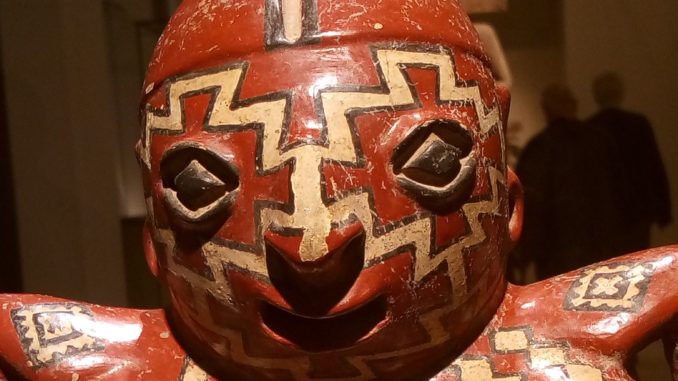
In la Tribune 31/01/2020
Lithium: the first victim of the Green Revolution is Chinese
As the trade war between China and the United States intensified at the end of 2018, the world’s leading lithium producer, Chile’s SQM, saw 24% of its shares held by Canada’s Potash Corp being bought out by China’s Tianqi for more than $4 billion.
If there had been a « metal war » between China and the rest of the world at that time, we would have had to read damaging White House tweets encouraging a U.S. company to counter Tianqi, and seize the 24% of the world leader SQM. Better than that, if there had been a « lithium war », why wouldn’t Washington or Europe have intervened with the Chilean authorities to turn this sale to their advantage? None of that. Tianqi bought a quarter of SQM, and through its interests in other producers in China and Australia it became the world’s largest lithium producer.
Crisis of legitimacy
This case illustrates the extent to which the geopolitics of metals is undergoing a severe crisis of legitimacy. A few years ago, sensationalists were on the train of geopolitical deception about rare earths. They then arranged similar theories about materials useful for the « 4-wheeled smartphone », that is to say in our normal language the electric car, but also metals useful for renewable energies, electronics and 5G, artificial intelligence, etc.. So many theatrical manipulations intended to produce bizarre over-interpretations that may have had the simple aim of encouraging speculative investment in these materials.
But back to lithium. As announced here, prices have gone to hell, and as a result the accounts of the producers revealed their weaknesses. In the third quarter of 2019, Tianqi admitted its first loss in four years, an annual result probably 95% lower than in 2018 and difficulties in repaying the loan that was taken out to buy SQM. Its bond rating deteriorated and a first capital increase was carried out at the end of 2019. The share price, which had peaked near 60 CNY (yuan) at the end of 2017, fell to less than 20 CNY in June 2019 and recently traded at 30 CNY.
However, Tianqi owns superb assets and is an interesting pawn in the battery supply chain. Beijing will address this in one way or another, perhaps through mergers in the materials, battery or automotive sectors where efficiency requires industrial consolidation. In the meantime, the situation is all the more tense because despite production cuts by lithium producers and the announcement of continued subsidies for electric cars by the Chinese Politburo earlier this year – before the coronavirus erupted – lithium prices have not started to rise again.
The « rare metals » clownery
Of course, the recent configurations of the price curves for these materials linked to the energy transition confirm once again that « rare metals » clowneries were a fake news. But the biggest surprise is reserved for the converts of the hoax of a Chinese « war on metals ». The first mining prey of the Green Economic Revolution was not an African cobalt miner, a South American or Australian lithium producer, a nickel producer or a producer of Old World metals such as rhodium or palladium, let alone a Western consumer, but the opposite: a Chinese company, Tianqi. A fact that masterfully contradicts all these metal fake-news that stigmatize Chinese companies without nuance.